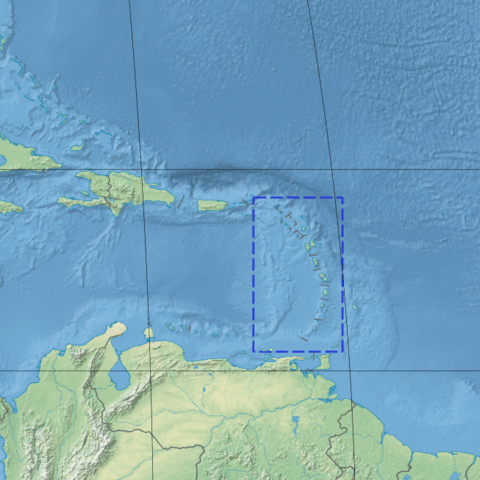The Vibrant Ecosystem of the Lesser Antilles Mangroves
The Lesser Antilles mangrove ecoregion is a unique and diverse coastal environment at the southeastern edge of the Caribbean Sea. This region encompasses the coastal margins of a chain of islands stretching from Sombrero and Anguilla in the north to Grenada in the south.
The Vibrant Ecosystem of the Lesser Antilles Mangroves
The Lesser Antilles mangrove ecoregion is a unique and diverse coastal environment at the southeastern edge of the Caribbean Sea. This region encompasses the coastal margins of a chain of islands stretching from Sombrero and Anguilla in the north to Grenada in the south. Despite their smaller size compared to their counterparts in the Greater Antilles, these islands boast a remarkable level of species diversity and endemism, making them a true ecological treasure.
Mangrove Extent and Distribution
The total area of mangrove cover in the Lesser Antilles is estimated to be around 20,636 hectares (51,000 acres), distributed across 263 distinct sites. The largest concentrations of mangrove forests can be found in Antigua and Barbuda, Guadeloupe, Martinique, and the U.S. Virgin Islands. These mangrove ecosystems exhibit a remarkable diversity, with ten different community types identified based on the dominant mangrove species and their associated environmental conditions.
Mangrove Species Composition
Five mangrove species are found within the Lesser Antilles ecoregion, including the Red Mangrove (Rhizophora mangle), Black Mangrove (Avicennia germinans), White Mangrove (Laguncularia racemosa), and Button Mangrove (Conocarpus erectus). The Red Mangrove and White Mangrove appear to be the most abundant species, thriving in various mangrove community types, such as riverine, basin, and fringe habitats.
Associated Habitats and Biodiversity
The Lesser Antilles mangroves are intricately linked with a broader coastal wetland system, encompassing a range of environmental conditions from freshwater and brackish to hypersaline. These mangrove ecosystems are often found in association with other important habitats, including marshes, swamp forests, coastal woodlands, and dunes. This diversity of habitats contributes to the overall ecological richness of the region.
Faunal Diversity
The mangrove forests of the Lesser Antilles support a diverse array of fauna. Birds such as the Spotted Sandpiper (Actitis macularia), Great Blue Heron (Ardea herodias), Cattle Egret (Bubulcus ibis), and the endemic Lesser Antillean Pewee (Contopus latirostris) are commonly found in these environments. Mammals like the West Indian Manatee (Trichecus manatus) and the calving grounds of Humpback Whales (Megaptera novaeangliae) also rely on the mangrove habitats. Additionally, the region is home to various reptiles, including Caiman crocodilus, Anolis lizards, Iguanas, and several species of sea turtles.
Conservation Challenges and Efforts
Despite their ecological importance, the Lesser Antilles mangroves these ecosystems face various threats, including coastal development, pollution, and climate change impacts. Ongoing conservation efforts aim to protect and restore these vital habitats, ensuring their continued survival and the maintenance of the region's remarkable biodiversity.
Conclusion
The Lesser Antilles mangrove ecoregion is a true gem of the Caribbean, showcasing a unique and vibrant coastal ecosystem supporting diverse flora and fauna. As custodians of this remarkable environment, we are responsible for ensuring its protection and sustainable management so that future generations can continue to marvel at the wonders of the Lesser Antilles mangroves.

Map depicting the location of the Lesser Antilles mangroves (coastal margins of the islands in the blue box).
